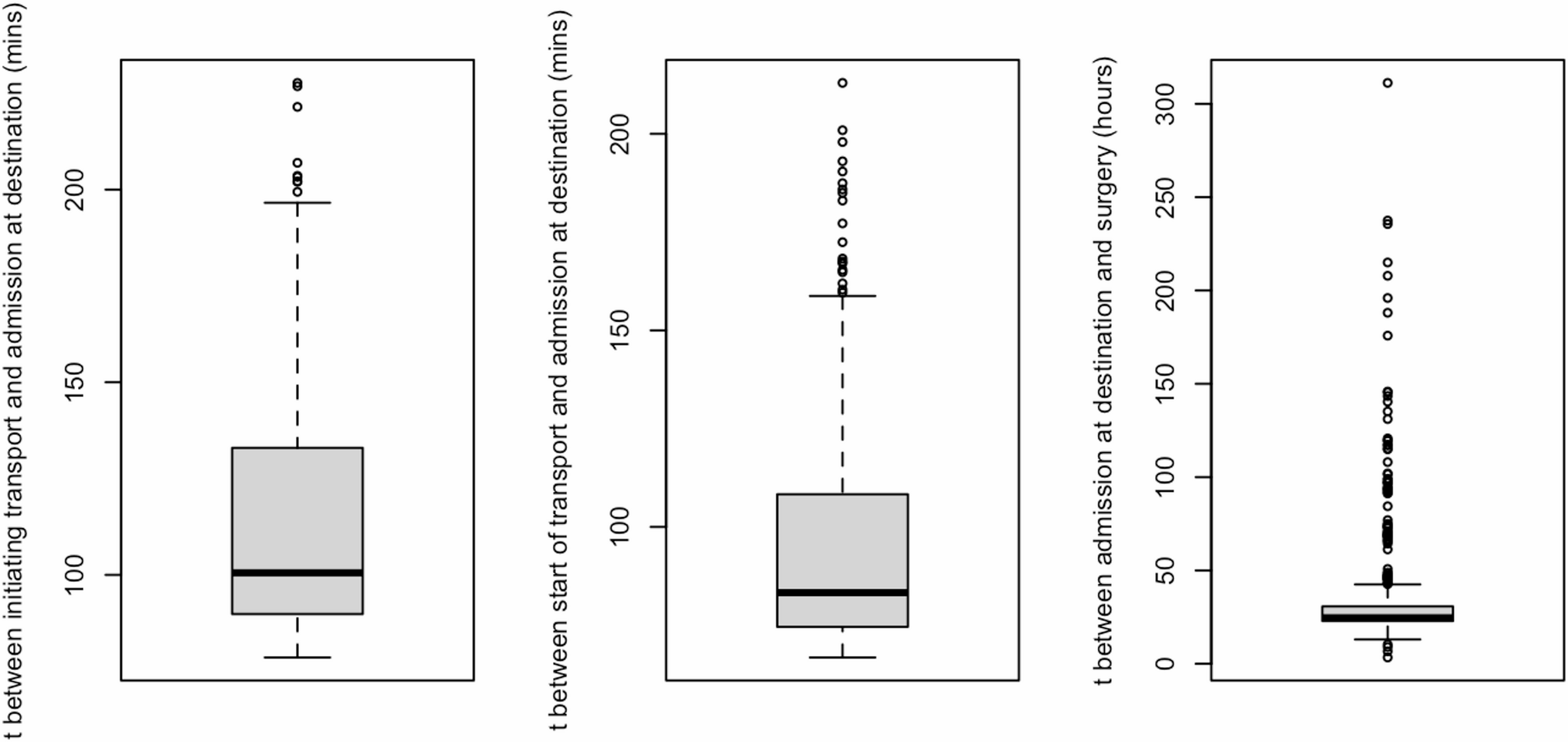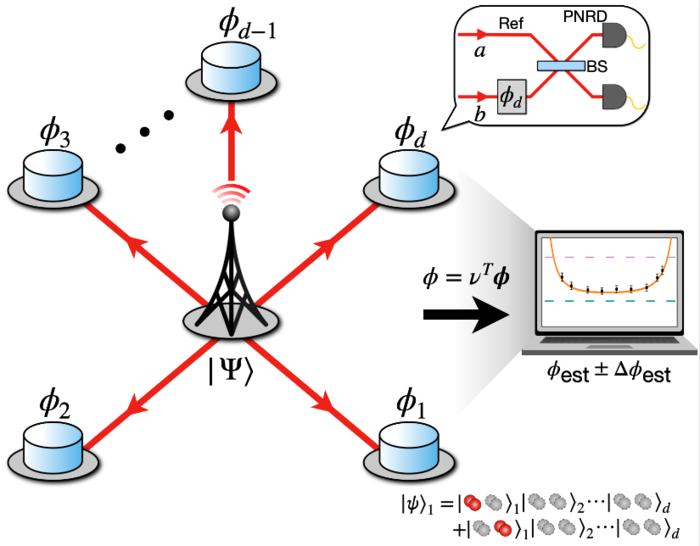This study underscores the efficacy of a structured interhospital transfer program in managing patients requiring various levels of cardiac surgical intervention. Key findings reveal distinct patterns in patient characteristics, urgency classifications, and clinical outcomes, similar findings were found in a study from Sanaiha et al. [7]. Emergent patients displayed significantly higher rates of myocardial infarction, preoperative shock, and mechanical ventilation, which correlated with an elevated in-hospital mortality rate of 6.9%, findings consistent with these were reported by Metkus [8]. These results were not surprising, as those criteria are, per se, predictors of in-hospital mortality in the STS Score and the EuroSCORE II [9, 10]. In contrast, urgent and elective patients had lower mortality rates and reduced preoperative risk profiles. At Düsseldorf University Hospital, we operated on an average of 1,650 patients per year. The overall in-hospital mortality rate was 5.2%. Stratified by urgency, the mortality rate was 2.0% for elective cases, 5.2% for urgent cases, and 16% for emergency cases. The markedly high mortality rate among emergency patients can be attributed, among other factors, to the high proportion of in-house resuscitations from other departments within the university hospital, as well as to the frequent admissions following out-of-hospital cardiac arrests, given our role as a major cardiac arrest center. Interestingly, the emergency patient cohort transferred from the Karl-Leisner-Klinikum demonstrated a notably lower in-hospital mortality rate. This discrepancy may be explained by significant differences in patient selection and timing. In particular, the patients referred emergently from external hospitals were usually hemodynamically stabilized prior to transport, and resuscitated patients were typically not transferred unless a return of spontaneous circulation (ROSC) had been achieved and a certain degree of neurological prognosis could be anticipated. Additionally, the Karl-Leisner-Klinikum lacks a dedicated cardiac arrest center, which may have led to a different triage and referral strategy, focusing more on potentially salvageable patients with a better short-term prognosis. Consequently, while the clinical severity of transferred patients was still high, the proportion of high-risk, non-survivable emergencies may have been lower compared to the in-house emergency population at the tertiary center.
The stepwise development of the program allowed for iterative improvements in communication, triage, and transport logistics [11]. Trends across the five-year period demonstrated a gradual shift toward a higher proportion of urgent admissions, reflecting growing confidence and reliance on the transfer protocol by referring clinicians. The stability of emergent case proportions, along with consistent transport durations, indicates that the program successfully maintained efficiency under varying clinical loads. CABG remained the predominant surgical procedure, especially among emergent patients, emphasizing the program’s responsiveness to ischemic heart disease [12, 13]. The relatively short median time to surgery for emergent cases (4 h) reflects a high level of logistical coordination between the hospitals, from transfer initiation to operative readiness, this factor was crucial to consider in the study, as the duration of the operation is a well-known predictor of outcomes [14, 15]. Telemedicine integration represents the next logical evolution for this program. Real-time virtual consultations can facilitate early triage decisions, optimize patient stabilization prior to transfer, and reduce unnecessary referrals, the efficacy of such programs was also demonstrated in Morh et al. study [16]. Standardized digital documentation and dedicated transfer coordination teams may further streamline operations, decrease time to surgery, and improve outcomes.
The findings of this study provide actionable insights into optimizing IHT programs for cardiac surgical patients. The demonstrated ability to transfer emergent patients with a median time-to-surgery of only 4 h confirms that well-structured interfacility logistics can meet the critical time demands of life-threatening cardiac conditions. This supports the broader implementation of time-targeted transfer protocols, particularly for patients at high risk for preoperative shock or myocardial infarction. Furthermore, the observed trend toward increased urgent referrals over time suggests that program transparency and reliability foster greater trust among referring clinicians—a factor that may enhance early identification and mobilization of at-risk patients. The stable proportion of emergent cases, despite rising volumes, highlights the system’s resilience and scalability. These results argue for wider adoption of standardized triage tools and escalation pathways within regional hospital networks. Integration of telemedicine and dedicated transfer coordinators, as proposed, would not only improve clinical decision-making but also reduce time-to-treatment disparities—an especially relevant factor in geographically distributed healthcare systems.
Notably, several measures could further enhance the IHT process:
-
Implementing standardized triage criteria across referring centers [17].
-
Establishing dedicated IHT coordinators [18].
-
Enhancing pre-transfer stabilization protocols [19].
-
Incorporating predictive risk stratification tools to assist with surgical prioritization [20].








